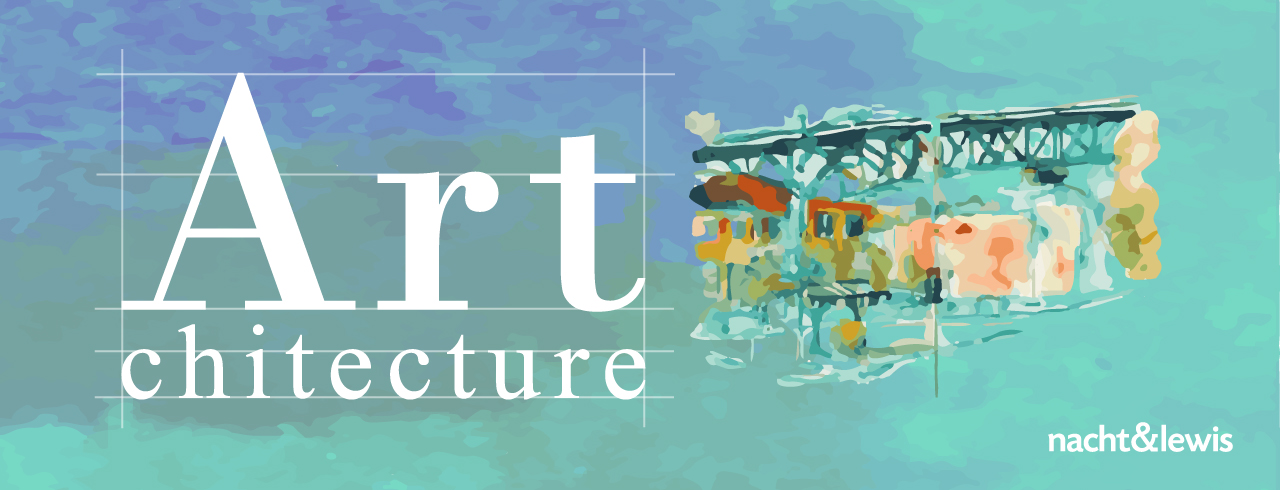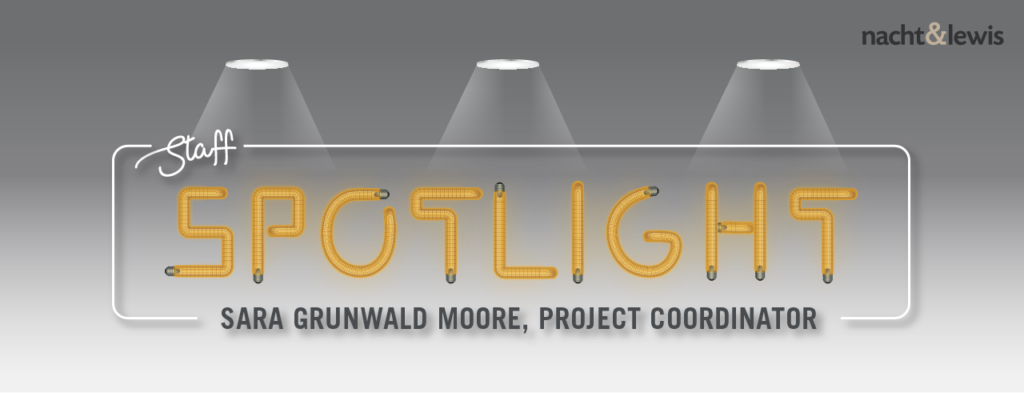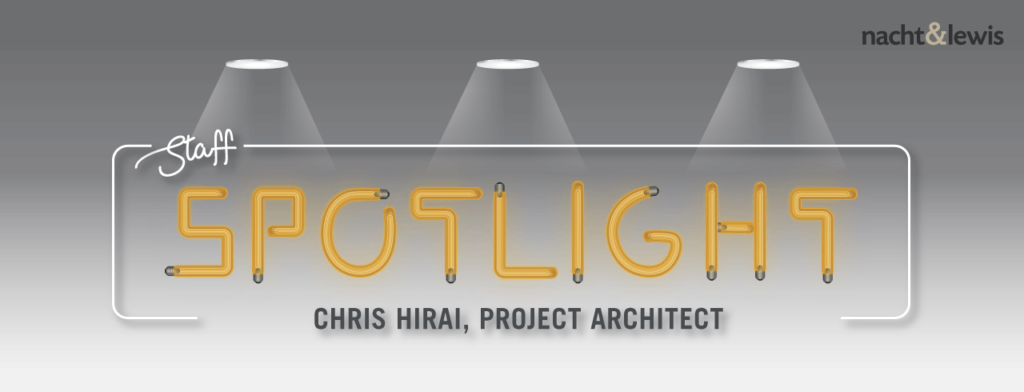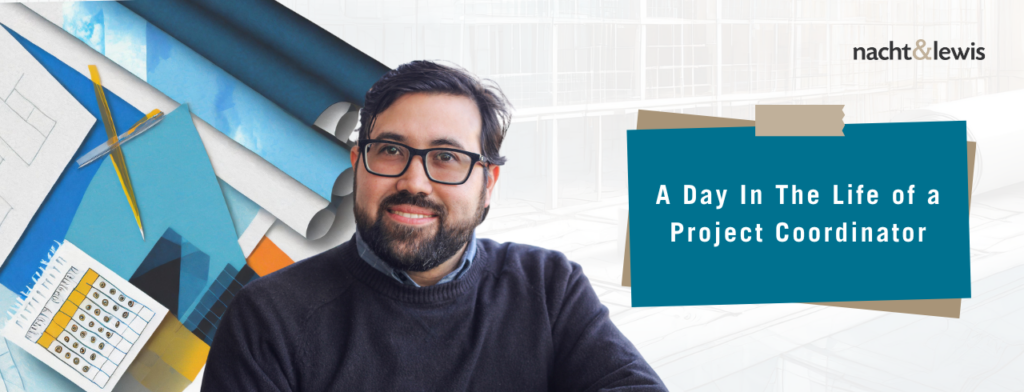Designing with Functionality
Architecture plays an important role in our lives. The physical infrastructure is something that we are confronted with every day. We share an apartment or a house with our family and if we are lucky, we are able to have our own bedroom to feel safe and explore the world from. We receive our education in buildings specifically designed to support learning and receive health exams in spaces made for healing. When we step outside and walk the streets, architecture is always there. From movie theaters to grocery stores, architects thoughtfully design buildings for its intended purpose.
Some of us become fascinated with the built environment around us. I am one of those people. You can find me stopping in the middle of the street to observe the meticulous details of a building’s window or studying the exposed structure of a bridge. These are the type of things that catches my attention.
Interpreting Architecture as a Form of Artistry
When you snap a quick photo of a building there is an instant feeling of excitement, so you might share it with others. More often than not, you end up holding onto the photo with no intended purpose and proceed with your day. However, when I sketch a building, I take the time to experience it on a deeper level. I start to notice the small details and learn how everything was assembled. When I look back at my travel sketches, I can remember the sounds and smells that accompanied those minutes spent next to the architecture. For example, the day I sketched the Chrysler building in New York, I can vividly remember the warm summer morning in June where a stream of people were rushing to work.
“Architecture is about experience: not only visual
Ma Yanson
but also what you can you touch, what you can feel.”
I draw architecture every time I travel. I particularly love old buildings because they are full of character and detail. The process of determining the composition of a building on paper requires finding a good angle and forming a satisfying balance of shapes. However, there are times when I observe architecture from a straight perspective, just studying what I see directly in front of me – and then there is a different process, that is when I put my Editor-Architect hat on.
I enjoy looking at the 3-dimensional shape of a building that has already been built and placed in its context. That is when I am able to interpret it, and form a simplified 2-dimensional arrangement of shapes and colors. I believe this plays a role in how I perceive and respond to the world around me.
Drawing is a communication tool. Architects have vivid imaginations and during the design process, we must translate our creativity into something that can be understood by others. What better way to do that than through sketching? As we observe the built environment and follow the edges, shapes, and volumes that are around us, our visual architecture vocabulary is also built. Nothing gets created in a vacuum – the details you notice walking down the street, may provide the perfect solution to your design problem.
-
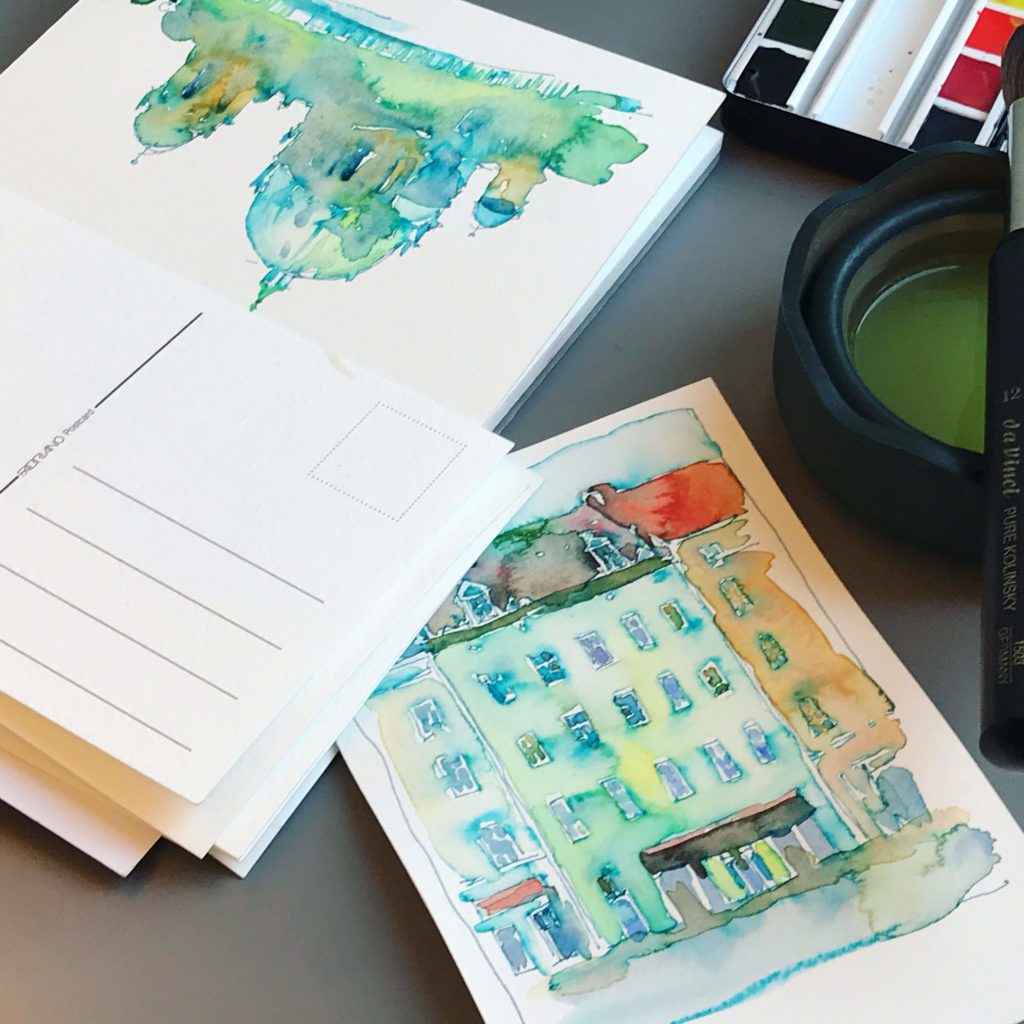
Berlin – The Berlin Cathedral (left) & Moritzplatz (right) -
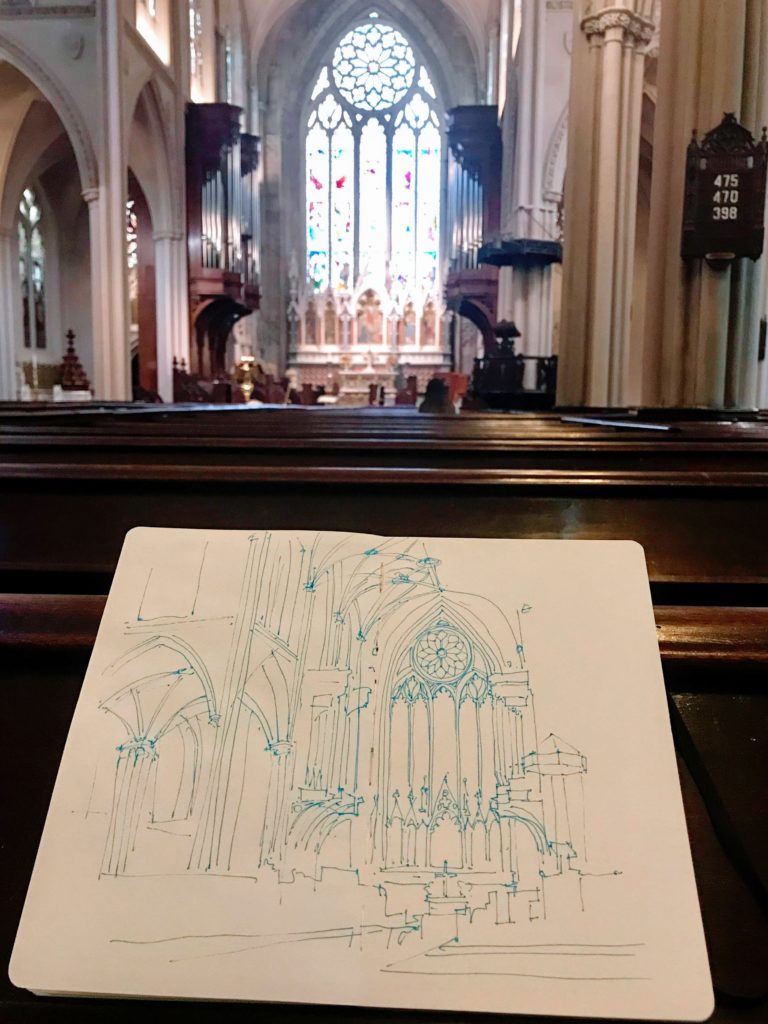
New York – Grace Church -
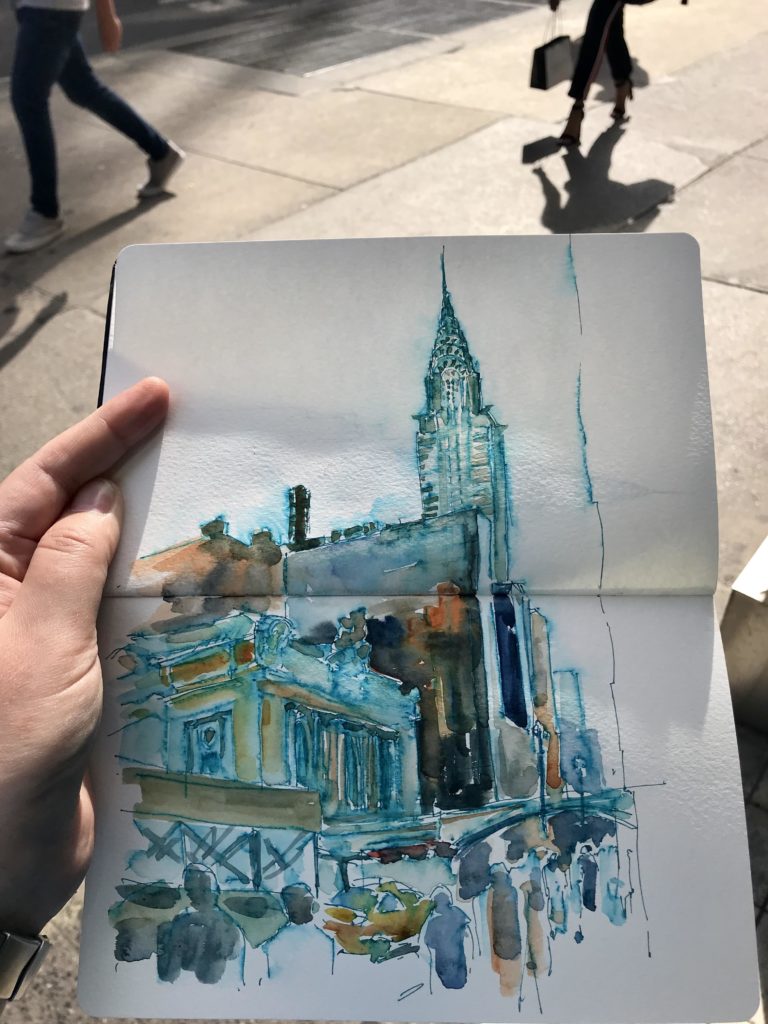
New York – The Chrysler Building -
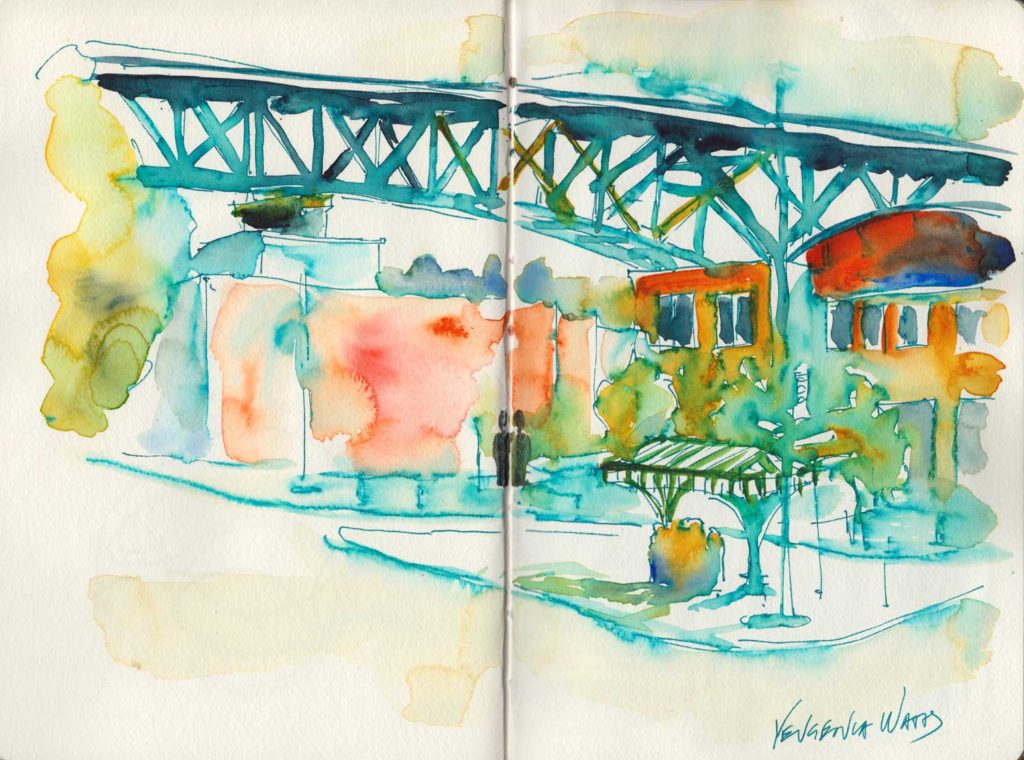
Seattle – Fremont Bridge -
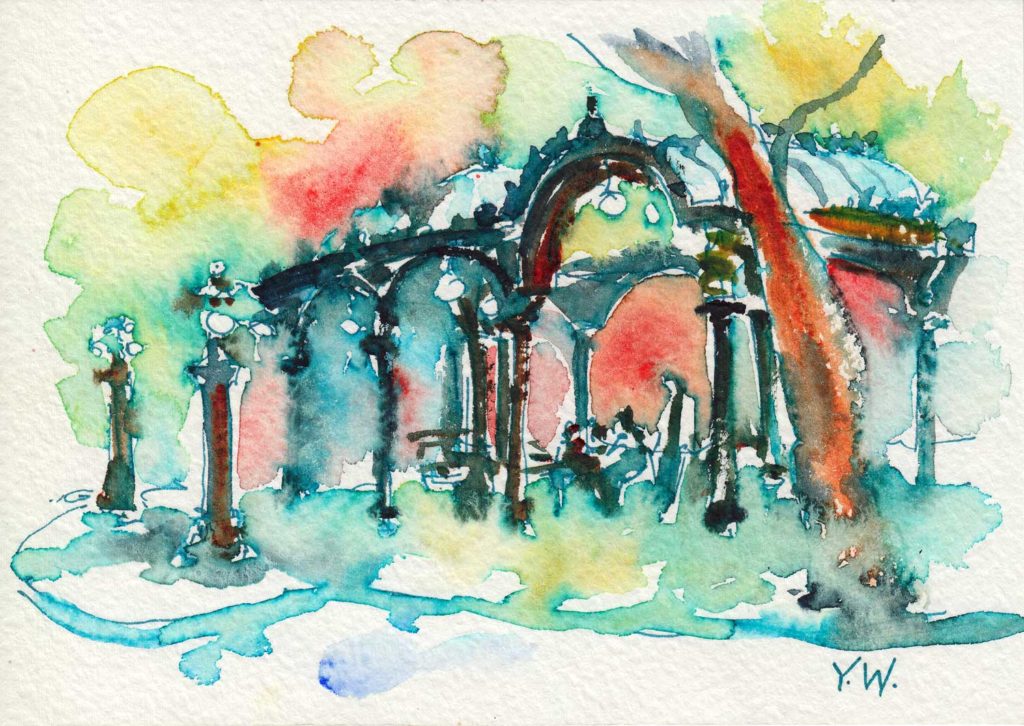
Seattle – Pioneer Square

